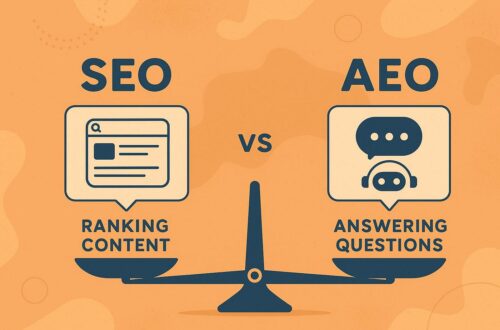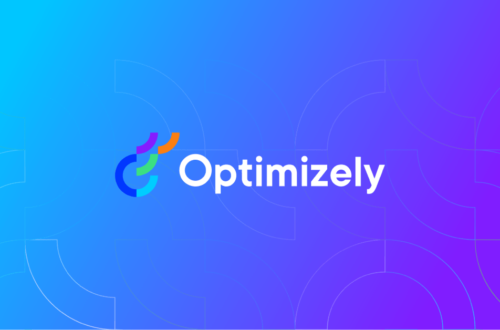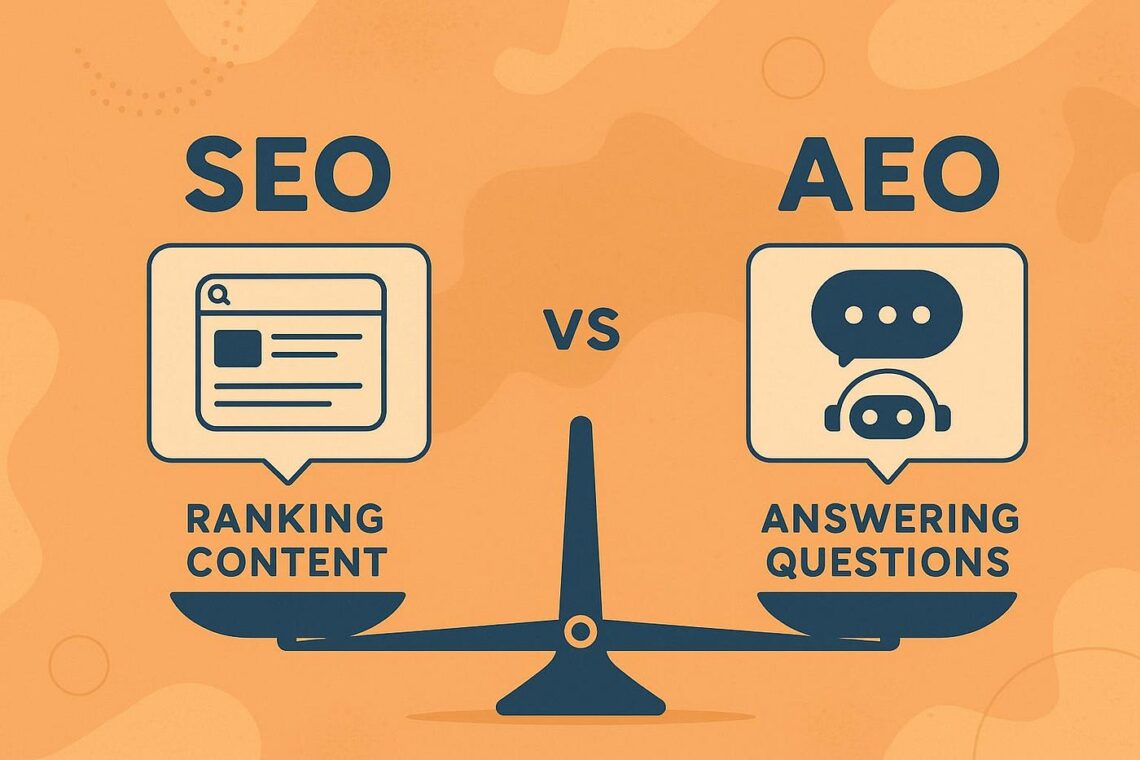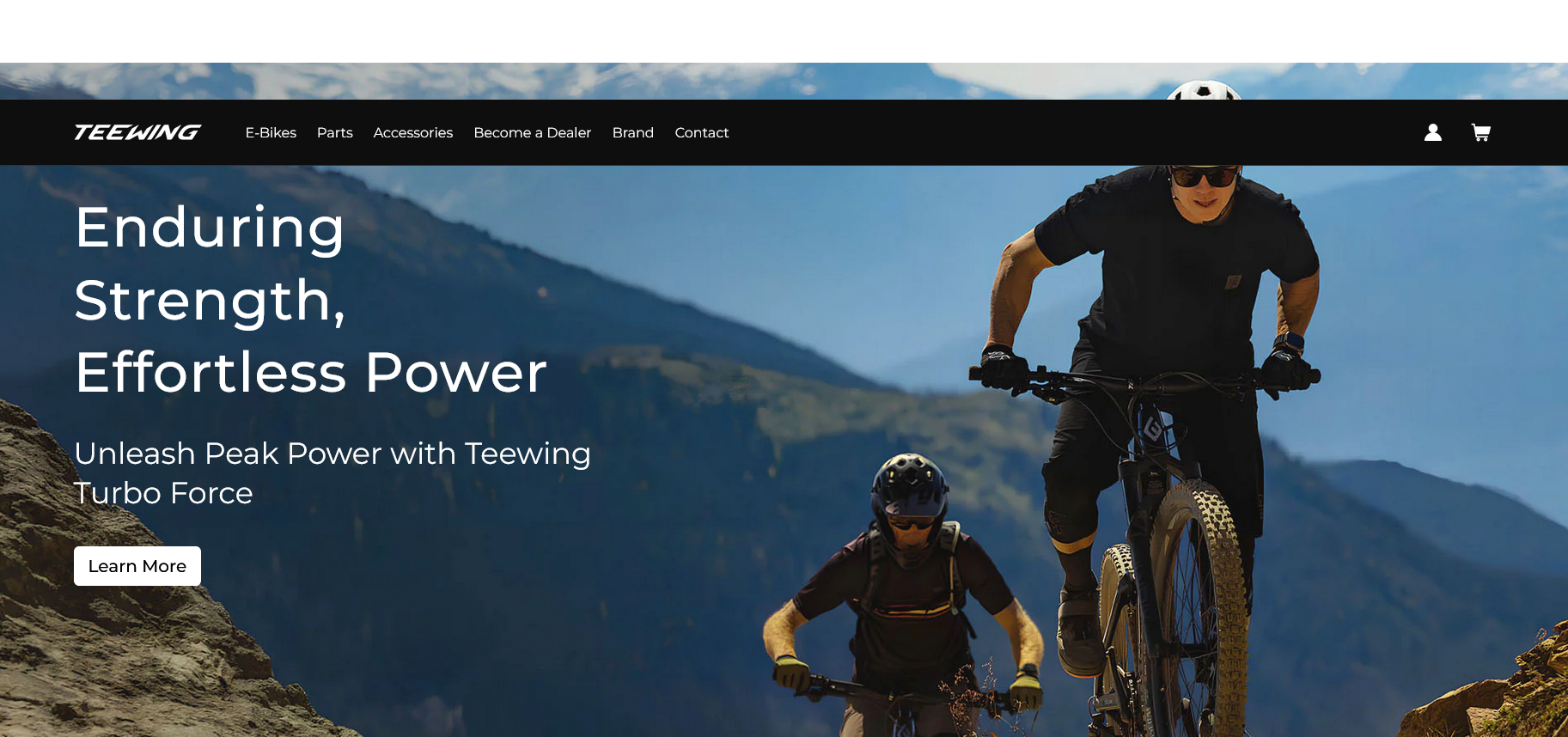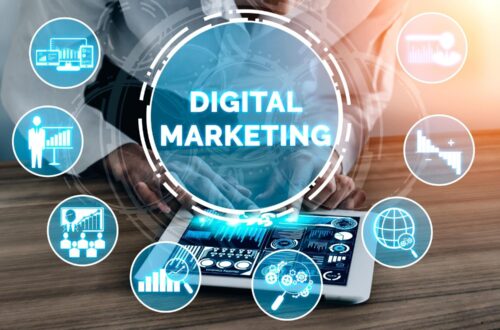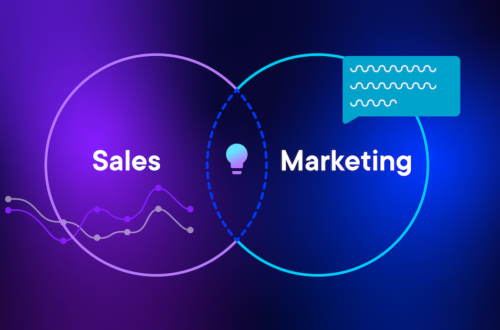-
AI Prompts for Better B2B Ecommerce Product Content
AI prompts can transform B2B ecommerce product content by making descriptions more accurate, searchable, and buyer-focused; use clear, data‑driven prompts and iterative validation to scale quality across large catalogs. Strong product content in B2B ecommerce is a competitive advantage that reduces friction and builds buyer trust. Focus on clarity, completeness, and relevance to support complex purchasing decisions. Why prompts matter AI can accelerate content creation for large industrial catalogs while preserving technical accuracy and SEO value; with the right prompts, teams can boost relevance and consistency across thousands of SKUs. Core prompt principles Write prompts that are specific, structured, and constrained. Include the product role, audience, required attributes, and forbidden…
-
AI in analytics: transforming data into decisions
Foundations and value AI in analytics applies machine learning and automation to turn raw data into reliable, timely decisions. It goes beyond descriptive dashboards to deliver predictive and prescriptive insights that anticipate outcomes and recommend actions. The core value lies in scale and speed. AI can process high-volume, high-velocity data from diverse sources—transactions, sensors, customer interactions—producing insights faster than manual analysis while maintaining consistency across the organization. AI-enabled analytics shifts the role of analysts from report creation to problem framing and model stewardship. Human expertise guides the questions, validates assumptions, and ensures outputs align with business context and ethics. Key capabilities Pattern detection discovers non-obvious relationships, segments, and anomalies. Unsupervised…
-
Optimizely Analytics vs. Amplitude, Statsig, and Eppo
Optimizely Analytics focuses on a warehouse‑native, enterprise experimentation and analytics stack with deep feature‑flag and experimentation tooling, while Amplitude emphasizes product and behavioral analytics, Statsig centers on fast feature flags plus integrated experiment measurement, and Eppo targets warehouse‑native, data‑centric experimentation for teams that need rigorous statistical controls. Introduction Let´s compare Optimizely Analytics, Amplitude, Statsig, and Eppo across purpose, architecture, analytics depth, and developer ergonomics to help teams choose the right experimentation and analytics mix. Platform focus Optimizely positions itself as an enterprise experimentation and feature management platform that scales across web, mobile, and backend environments. Analytics approach Amplitude is primarily a product and behavioral analytics platform built to answer user…
-
What Are the Best AI Agents for B2B Marketing?
AI in B2B Marketing Artificial Intelligence (AI) has become a cornerstone of modern B2B marketing. Companies are increasingly relying on AI agents to streamline operations, personalize outreach, and improve lead generation. These tools are not just futuristic add-ons; they are practical solutions that redefine how businesses connect with other businesses. Unlike traditional marketing automation, AI agents can learn, adapt, and optimize campaigns in real time. This makes them particularly valuable in B2B contexts, where decision-making cycles are longer and personalization is critical. The best AI agents combine data analysis, predictive modeling, and conversational capabilities to deliver measurable results. Lead Generation and Prospecting One of the most important roles of AI…
-
SEO vs. AEO
Search Engine Optimization and Answer Engine Optimization are two related but distinct approaches to making content discoverable online and by AI-driven systems. Definitions SEO focuses on improving a website’s visibility in traditional search engine results through keywords, technical optimization, backlinks, and content relevance. AEO concentrates on helping content appear as direct answers within AI systems, voice assistants, and summarization features by providing concise, structured, and authoritative responses. Core Differences SEO prioritizes click-throughs, organic rankings, and site traffic as primary outcomes for success. AEO prioritizes being surfaced directly inside answer boxes, AI summaries, and voice replies where the user may not click through to a site. AEO typically rewards short, explicit…
-
The Real Power of Traffic Alignment
Traffic alignment is the deliberate practice of synchronizing incoming audience flows with the most relevant content, offers, and paths to conversion. When executed correctly, alignment reduces wasted impressions, shortens customer journeys, and increases return on acquisition spend. Core Principles Relevance is the foundational principle of traffic alignment, ensuring each visitor encounters an experience tailored to how they arrived. Intent mapping ties acquisition sources to specific content and offers that match user motivations and stage in the funnel. Control of context preserves message continuity across touchpoints so users see consistent value from first click to conversion. Segmentation of Traffic Sources Segmenting traffic by source type, campaign creative, and user intent enables…
-
What is a claim in digital marketing?
A claim in digital marketing is a concise statement that communicates a specific promise, benefit, or value a brand offers within a campaign or message. It is designed to be immediately understandable and to guide the audience toward a desired action. Claim versus slogan and tagline A claim differs from a slogan or tagline because it is campaign-focused and tactical, aimed at a single proposition, while a slogan or tagline represents the brand’s enduring identity. Claims are time- and context-sensitive; slogans are long-term brand identifiers. Purpose The purpose of a claim is to capture attention quickly in crowded digital environments and to make the campaign’s main value proposition obvious in…
-
The importance of user experience (UX) on your website
User experience (UX) determines how visitors perceive, interact with, and feel about your website. A well-crafted UX reduces friction, increases satisfaction, and directly shapes whether users stay, convert, or return. What UX Means UX encompasses every interaction a person has with a website, from how quickly pages load to how easy it is to find information and complete tasks. It blends research, design, content, performance, and accessibility into coherent journeys for real users. Why UX Matters for Business Good UX increases conversions, reduces bounce rates, and strengthens brand perception; websites that prioritize user needs turn casual visitors into customers and advocates. Investing in UX often delivers measurable returns through higher…
-
Closing sales with effective low-funnel strategies
Low-funnel strategies focus on prospects who are closest to conversion and mastering them multiplies closing rates with efficient use of time and resources. These techniques prioritize urgency, trust, and frictionless paths to purchase, turning intent into committed customers. Lead Qualification and Offer Design Qualify leads rigorously so your team spends time only on prospects who exhibit buying signals. Create offers that reduce risk and accelerate decisions, such as limited-time discounts, bundled packages, or trial periods with clear exit points. Social Proof and Purchase Flow Use social proof targeted at the decision stage with case studies that show measurable outcomes and testimonials from clients in the same industry. Streamline the purchasing…
-
Predictive marketing with AI: How to anticipate consumer needs and improve your strategies
Introduction Predictive marketing with AI uses machine learning and data analytics to forecast customer behavior, enabling brands to anticipate needs and personalize interactions before customers act. This approach transforms historical and real-time data into actionable predictions about buying intent, churn risk, lifetime value, and the best channels and moments to engage each customer. The goal of predictive marketing is to move from reactive campaigns to proactive strategies that increase conversion rates, optimize spend, and deepen customer relationships. Foundations Predictive models rely on diverse data sources such as transaction history, browsing behavior, CRM records, social signals, and contextual data like time, location, and device. Feature engineering extracts meaningful signals from raw…


